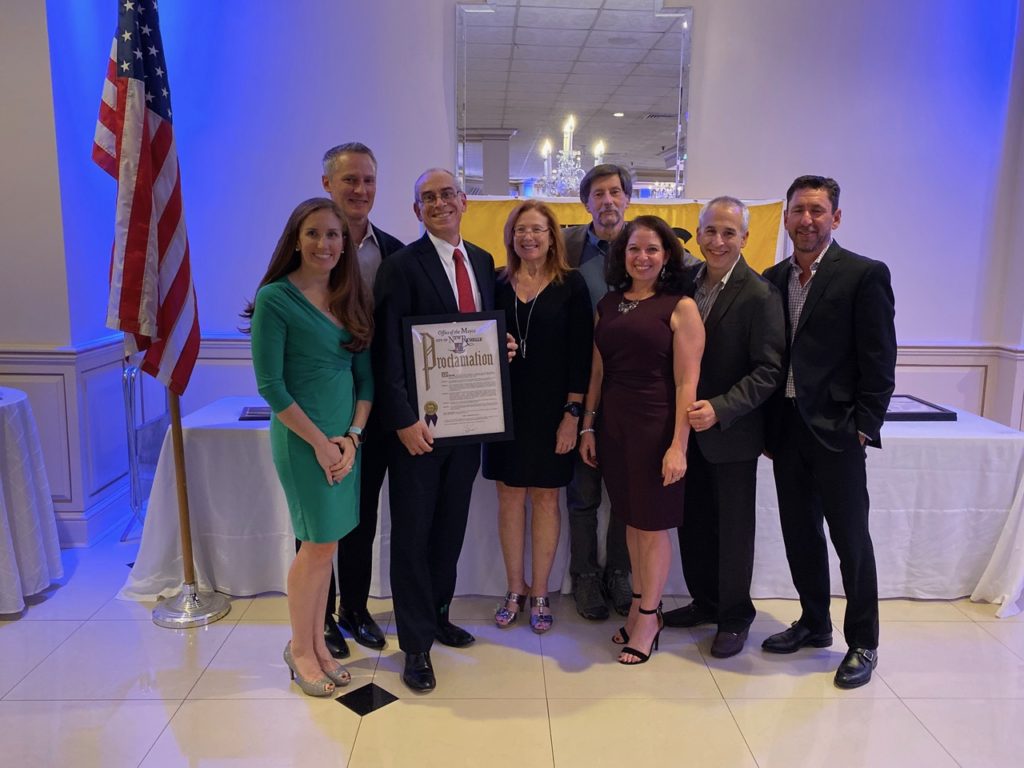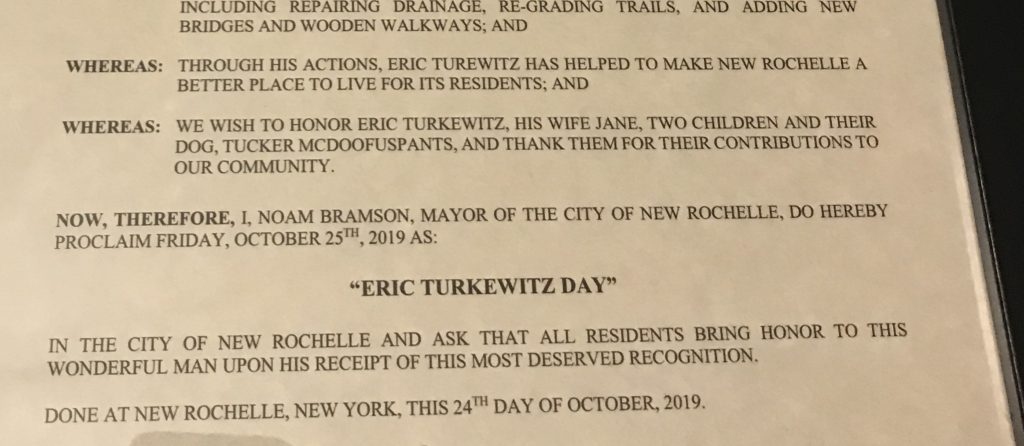
I caught a few minutes of the the impeachment proceedings and wanted to discuss one small point, because it relates to trial practice for a personal injury case.
OK, maybe you didn’t see that coming. But here I am.
Since this isn’t a political blog (except insofar as it takes on personal injury issues) I won’t get into the details of the inquiry, as I would likely never emerge from them.
No, instead I wanted to focus — for just a moment — on a trial tactic. And it came in the form of a direct exam of Ambassador Yovanovitch by Democratic counsel Daniel Goldman.
Direct exam. Few talk about it. It seems so boring. Cross is where it’s at! And summation! That’t the kind of exciting stuff that Hollywood likes and that law students dream of.
But in direct, the questions are short and simple, and designed to draw out two different things from a fact witness: Tell us the facts of what happened, and (sometimes) tell us how you felt about it.
Goldman shows the art of the direct in particular when asking Ambassador Yovanovitch about how she felt about intimidated and the smear campaign against her.
Forget the answers that she gave, for the purposes of this piece, and listen to the questions.
The idea is to get her to talk about an uncomfortable topic. Kinda, sorta, what personal injury lawyers do when they try to get their own clients to talk about how injury x affected their lives. (Because mental anguish is part of the damages.)
The questions are understated. There is no legalese. The questioner virtually disappears with the type of simple questions that it seems like an inquisitive and uninhibited middle school kid might ask.
On the tape, starting at 2:27, are these questions regarding the ambassador’s physical safety, that start with Goldman trying to pull out facts:
What did the Director General tell you? What happened next? Did she explain in any more detail what she meant about concerns for your security? Did she explain what the urgency was for you to come home on the next flight?
Then later on he tries to pull emotional testimony from her:
At 8:45 — So, just like that, you had to leave Ukraine as soon as possible? How did that make you feel?
13:37 — What was your reaction when you heard the President of the United States refer to you as “bad news?”
14:24 — What did you think when you heard President Trump had told President Zelensky that you were “going to go through some things.” What were you concerned about? Did you feel threatened? How so?
One might easily argue that if this was an actual trial these questions about her emotions would be objectionable since they don’t go to the facts of Trump asking a foreign government to interfere in our elections for his personal benefit, or using official acts to “persuade” that foreign government to do it.
But the comparison to a personal injury trial were unmistakable to my ear. Because the emotional fallout does matter. And therefore the questions were, in their essence, simplistically superb.
Make no mistake about this: This might look easy but it is hard work since it requires a mastery of the facts and hard preparation to gently guide witnesses along the path that you want them to go, without making it look like you are guiding the witness down any particular path. That work wouldn’t be obvious (and shouldn’t be obvious).
And if all goes according to plan, the witness is the star and the jury forgets the questioner is even there. There’s no posturing, or preening, or emotion, or speechifying.
It just sounds like you’re asking the same questions that any curious individual would ask: …And how did you feel about that? If this was a courtroom, Goldman would probably be standing behind the jury, out of their sight, so that the jurors could focus only on the witness.
Any trial advocacy class could use this footage as a demonstration on how to do a direct exam for a witness where such impressions and effects are relevant. It was a delight to watch.
The footage is below:




